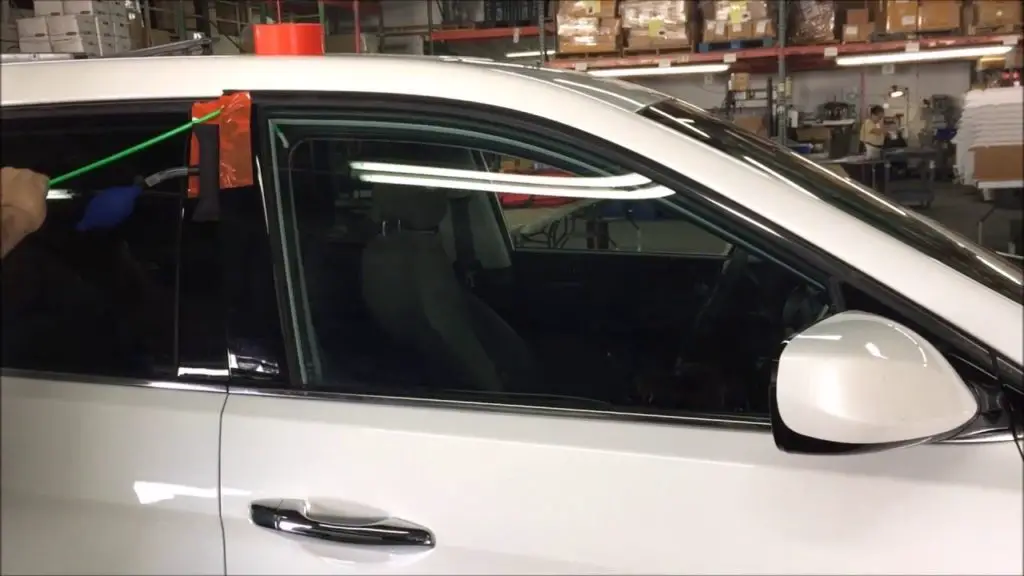A CVT transmission (Continuously Variable Transmission) is a type of automatic transmission that doesn’t use fixed gears like traditional transmissions. Instead, it uses a system of pulleys and a belt or chain to provide an infinite number of gear ratios.
This allows the engine to run at its most efficient speed for a wide range of driving conditions, improving fuel efficiency and providing smoother acceleration.
Key features of CVT:
- Smooth Transitions: Unlike traditional transmissions with set gears, CVTs can continuously adjust to provide a smooth driving experience without noticeable shifts.
- Improved Fuel Economy: Since CVTs allow the engine to run at its optimal RPM, they can help improve fuel efficiency.
- Performance: While designed for efficiency, some drivers feel that CVTs can sometimes lack the quick response or “engagement” of traditional geared transmissions.
CVTs are commonly used in many modern cars, especially in hybrid and compact vehicles, due to their efficiency.
A Continuously Variable Transmission (CVT) is a type of automatic transmission that operates without traditional fixed gears. Unlike conventional transmissions, which shift between distinct gear ratios, a CVT seamlessly adjusts to deliver the most efficient power from the engine to the wheels. Here’s a detailed breakdown of how a CVT transmission works, its components, and its benefits.
How Does a CVT Transmission Work?
At its core, a CVT transmission uses a system of pulleys and a flexible belt or chain instead of fixed gears. This design allows for a continuously adjustable ratio between the engine’s speed (RPM) and the car’s wheel speed.
The two primary components in a CVT are:
- Primary (Drive) Pulley: Connected to the engine, this pulley adjusts in size depending on the driving condition.
- Secondary (Driven) Pulley: Connected to the wheels, this pulley also changes size inversely to the primary pulley.
As you accelerate, the primary pulley (attached to the engine) becomes smaller, while the secondary pulley (connected to the wheels) becomes larger. This adjustment allows the transmission to find the optimal gear ratio for acceleration, cruising, or uphill driving, ensuring the engine stays within its most efficient RPM range.
Key Components of a CVT
- Variable-diameter pulleys: The pulleys in a CVT change their diameter, enabling a smooth transition between different gear ratios. As one pulley increases in diameter, the other decreases, which controls the power sent to the wheels.
- Belt or Chain: The belt or chain runs between the pulleys and transfers power from the engine to the wheels. The belt moves along the pulleys as they adjust size, allowing for a wide range of gear ratios.
Types of CVTs
There are a few variations of CVT technology:
- Belt-driven CVT: The most common type, using a belt or chain between pulleys.
- Toroidal CVT: Uses rotating discs and power rollers instead of pulleys and belts.
- Hydrostatic CVT: Uses variable-displacement pumps and motors to control fluid flow and change gear ratios.
Benefits of a CVT Transmission
- Smoother Acceleration: Since there are no distinct gear shifts, acceleration feels smoother without the “jerk” you might experience with a traditional automatic transmission. read here to know more about CVT Transmission jerking.
- Improved Fuel Efficiency: CVTs allow the engine to run at the most efficient RPM for the current driving conditions, which can improve fuel economy, especially in city driving.
- Optimal Engine Performance: The transmission constantly adjusts the gear ratio to match the engine’s optimal power band, leading to more efficient use of power.
- Better Response in Certain Conditions: CVTs can quickly adjust to changing driving conditions, such as going uphill or overtaking, by providing the exact ratio needed without having to “downshift.”
Drawbacks of CVT Transmissions
While CVTs offer many benefits, there are some trade-offs:
- Lack of Engagement: Some drivers feel that CVTs lack the familiar “feel” of shifting gears, which can result in a less engaging driving experience, particularly in performance-oriented driving.
- Higher Wear on the Belt: The belt or chain used in a CVT can wear out faster than traditional gears, especially under high stress, which may lead to maintenance costs.
- Potential for “Rubber Band Effect”: Some drivers report a delayed response when accelerating, where the engine revs up without a direct corresponding increase in vehicle speed, creating a “rubber band” feeling.
Where Are CVTs Used?
CVT transmissions are increasingly common in modern cars, particularly in:
- Compact cars: Manufacturers like Honda, Toyota, and Nissan use CVTs in many of their smaller, fuel-efficient models (e.g., Toyota Corolla, Honda Civic, Nissan Sentra).
- Hybrid vehicles: CVTs are often used in hybrid vehicles, such as the Toyota Prius, because they complement the efficiency-focused design of hybrids.
- SUVs and Crossovers: Many SUVs and crossovers, including some models from Subaru and Mitsubishi, also use CVTs for better fuel efficiency and smoother driving dynamics.

